You may have figured out how to apply Alexey's answer in the link he provided. But in case you are having trouble here I provide how I apply the technique to 2D graphics.
I have found the hard way that if you want to create a good plot you need to be very specific to Mathematica. For this reason, as you may have noticed in my post Rasters in 3D I created an object specifying all the options so that Mathematica can be happy.
in = 72;
G2D = Graphics[{},
AlignmentPoint -> Center,
AspectRatio -> 1,
Axes -> False,
AxesLabel -> None,
BaseStyle -> {FontFamily -> "Arial", FontSize -> 12},
Frame -> True,
FrameStyle -> Directive[Black],
FrameTicksStyle -> Directive[10, Black],
ImagePadding -> {{20, 5}, {15, 5}},
ImageSize -> 5 in,
LabelStyle -> Directive[Black],
PlotRange -> All,
PlotRangeClipping -> False,
PlotRangePadding -> Scaled[0.02]
];
I should mention here that you must specify ImagePadding. If you set it to all your eps file will be different from what Mathematica shows you. In any case, I think having this object allows you to change properties much easily.
Now we can move on to your problem:
plot = ListDensityPlot[
Table[Random[], {100}, {100}],
InterpolationOrder -> 0,
Options[G2D]
]

The following separates the axes and the raster and combines them into result:
axes = Graphics[{}, AbsoluteOptions[plot]];
fig = Show[plot, FrameStyle -> Directive[Opacity[0]]];
fig = Magnify[fig, 5];
fig = Rasterize[fig, Background -> None];
axes = First@ImportString[ExportString[axes, "PDF"], "PDF"];
result = Show[axes, Epilog -> Inset[fig, {0, 0}, {0, 0}, ImageDimensions[axes]]]

The only difference here, which at this point I cannot explain is the axes labels, they have the decimal point. Finally, we export them:
Export["Result.pdf", result];
Export["Result.eps", result];
The result are files of sizes 115 Kb for the pdf file and 168 Kb for the eps file.
UPDATE:
If you are using Mathematica 7 the eps file will not come up correctly. All you will see is your main figure with black on the sides. This is a bug in version 7. This however is fixed in Mathematica 8.
I had mentioned previously that I did not know why the axes label were different. Alexey Popkov came up with a fix for that. To create axes, fig and result use the following:
axes = Graphics[{}, FilterRules[AbsoluteOptions[plot], Except[FrameTicks]]];
fig = Show[plot, FrameStyle -> Directive[Opacity[0]]];
fig = Magnify[fig, 5];
fig = Rasterize[fig, Background -> None];
axes = First@ImportString[ExportString[axes, "PDF"], "PDF"];
result = Show[axes, Epilog -> Inset[fig, {0, 0}, {0, 0}, ImageDimensions[axes]]]

